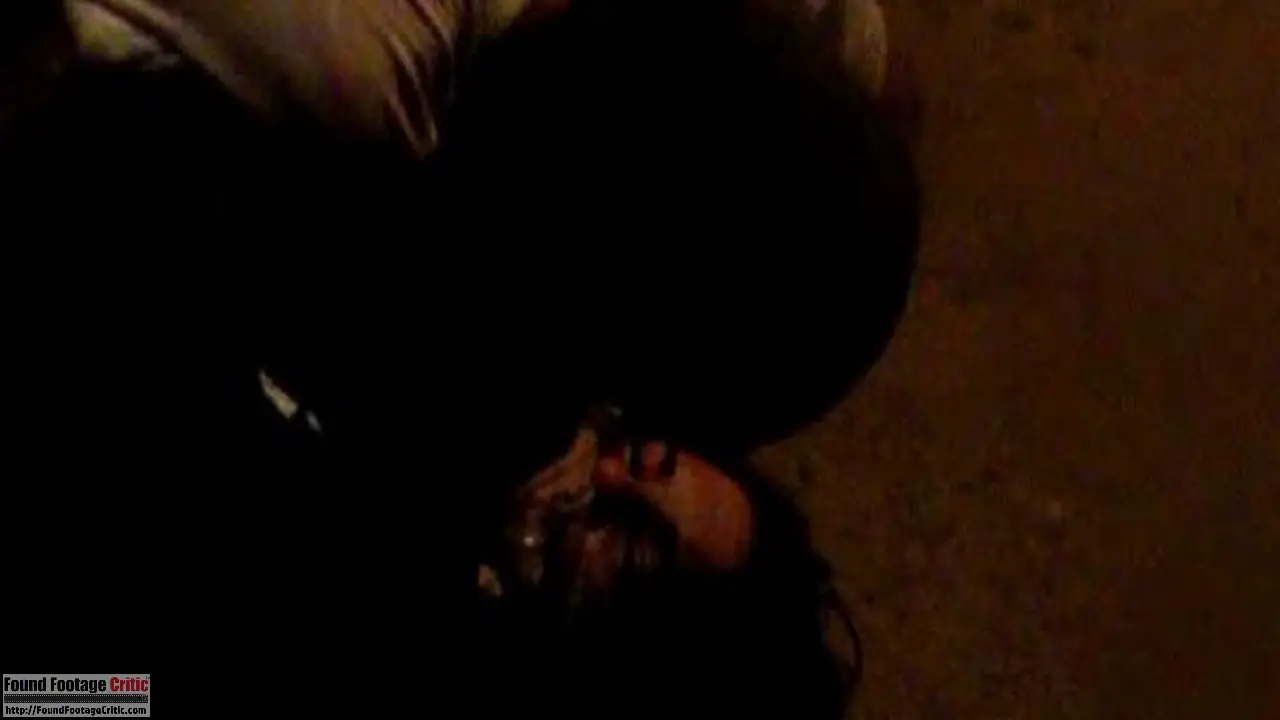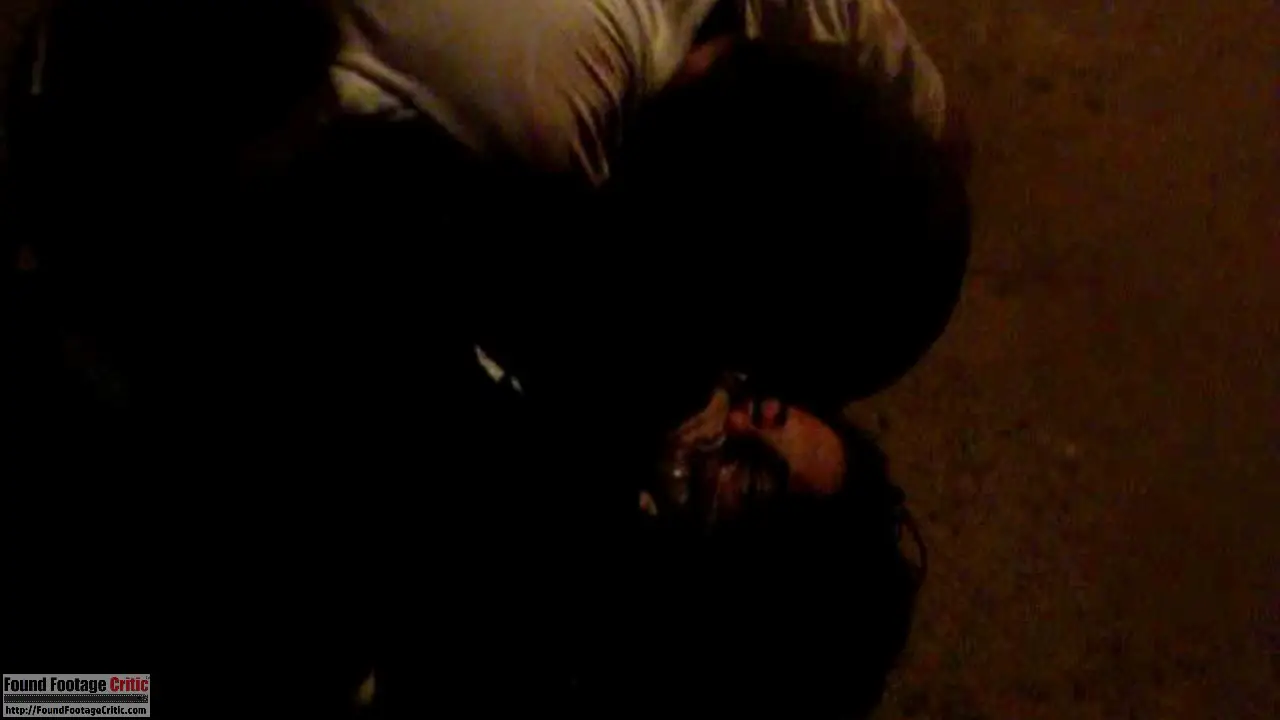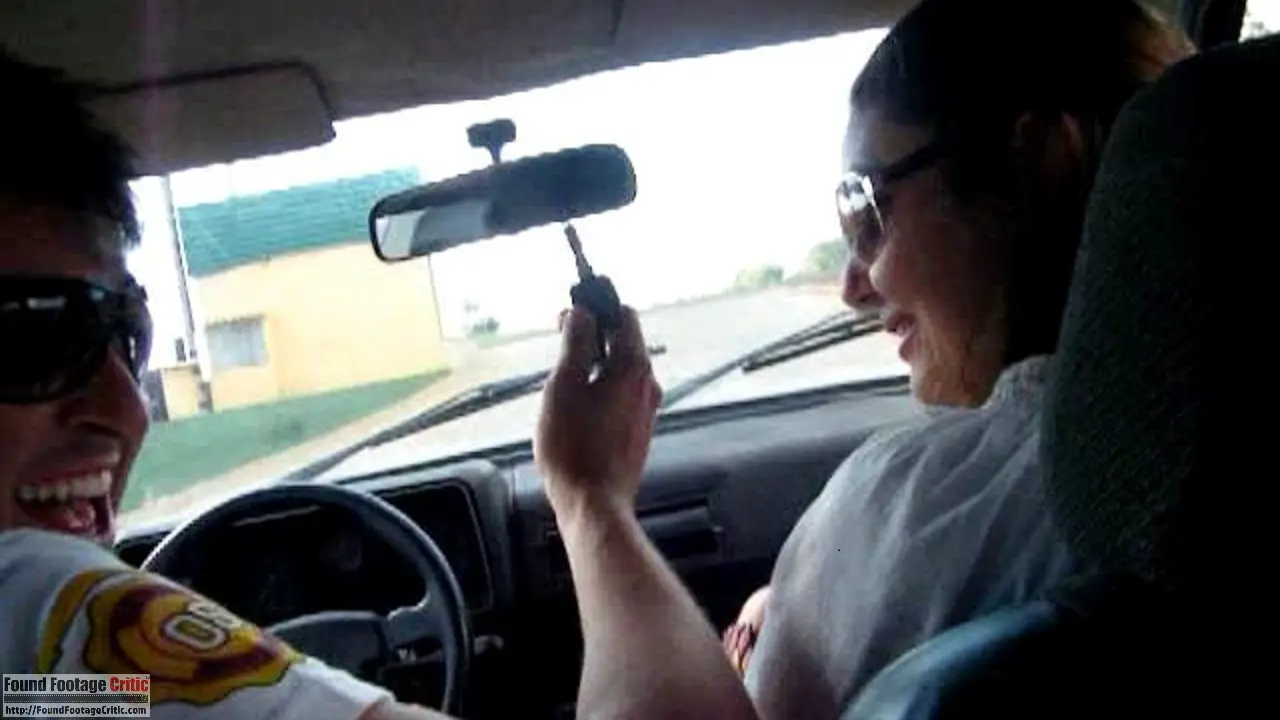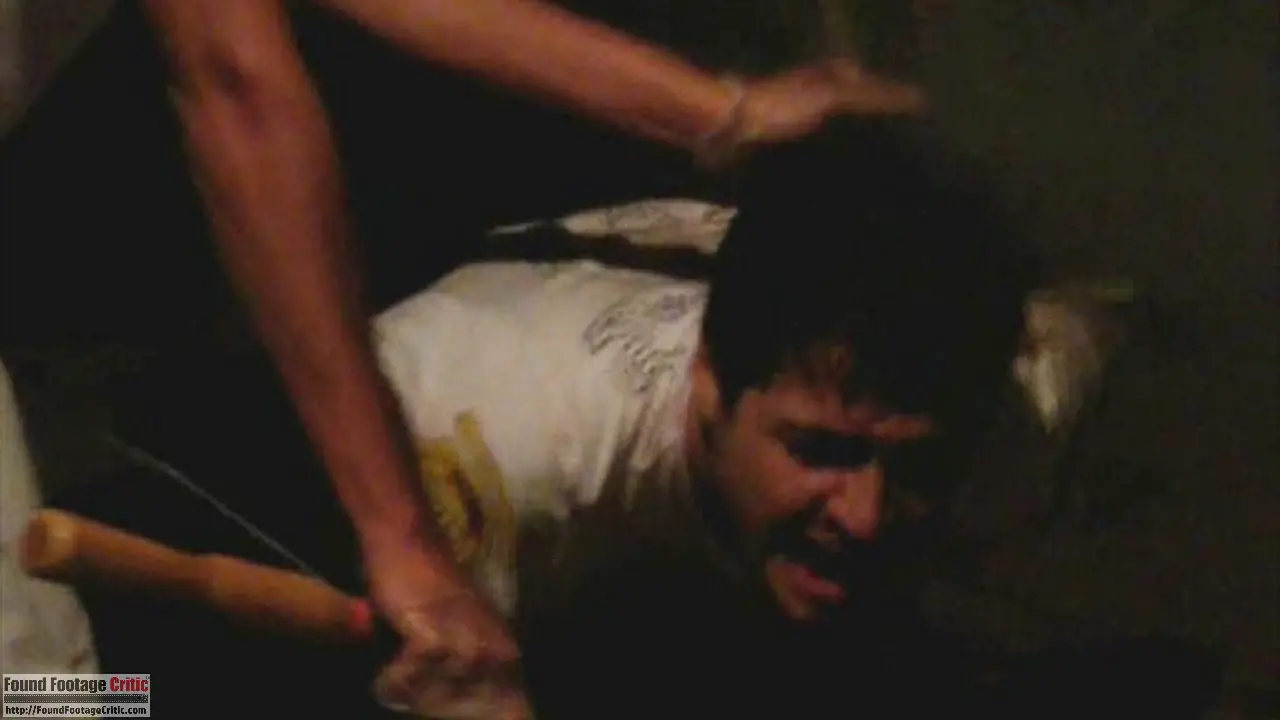 Slaughterhouse is a 2012 Portuguese language Brazilian found footage horror movie written and directed by Carlos Junior, who also plays one of the film’s lead characters. The film follows a group of young friends on a road trip in a second-hand car with persistent engine problems. Several hours into their drive the group becomes stranded on the side of a highway, only to become the latest targets of a sadistic killer. Slaughterhouse is of the slow-burn horror denomination, taking its time to establish character relationships and build tension before reaching the film’s climactic gore-laden ending.
Slaughterhouse is a 2012 Portuguese language Brazilian found footage horror movie written and directed by Carlos Junior, who also plays one of the film’s lead characters. The film follows a group of young friends on a road trip in a second-hand car with persistent engine problems. Several hours into their drive the group becomes stranded on the side of a highway, only to become the latest targets of a sadistic killer. Slaughterhouse is of the slow-burn horror denomination, taking its time to establish character relationships and build tension before reaching the film’s climactic gore-laden ending.
Slaughterhouse opens with a ten minute teaser, providing the foundation for the shocking events that are yet to come later in the film. In these opening scenes, two college aged-girls are sitting in a bedroom, lighting incense to cover the smell of the pot they are smoking. Later that day the two friends drive to a party and are accosted on foot while walking to their final destination. The film abruptly fades to black, echoing with horrific screams of terror.
The film transitions to a second (main) cast of characters, a group of close friends who meet at a gas station with the intent of carpooling to their respective homes. The friends pass the time singing songs together and poking fun at one another – all the while Junior (Carlos Junior) is filming everything on his handheld video camera.
The group’s car, which experiences engine problems from the get-go, finally dies altogether, leaving the group stranded on a deserted road. From here, one of the friends ventures out alone to attend to a nature call and fails to return. The concerned group sets out to search for their missing friend, only to be abducted one-by-one by an unknown assailant. What happens next is both chilling and horrifying for the once happy-go-lucky group of friends.
Filming Reason
All of the early footage captured in Slaughterhouse, including the opening teaser and scenes in the car with the main cast, are filmed by the protagonists to capture memories. In these early scenes, the handheld video camera is often passed between friends, providing different perspectives and ensuring continuous filming. Later in the story, the filming reason takes a turn for the dark. The antagonist is the one now wielding the camera, capturing footage for his own nefarious purposes.
The filming reason breaks down in the closing scenes of Slaughterhouse where one protagonist is running for her life while holding the camera upright and filming during broad daylight – this final segment comes across as having been added for dramatic effect and detracts from the found footage plausibility of the film.
Found Footage Purity and Cinematography
Slaughterhouse is generally effective in its found footage execution and found footage cinematography, but the techniques are not perfect. For reasons that are not explained in the film, Slaughterhouse contains intermittent blackouts where the picture drops for a fraction of a second accompanied by a faint beep. The film also contains overt sound design during many of the chase and torture scenes, presumably to ratchet up the tension.
While highly overt sound design has its place in narratively shot films where music and artificial sound are commonplace, these elements tend to stand out more in found footage films, detracting from the found footage purity.
Acting and Plot
As mentioned at the beginning of this review, Slaughterhouse is filmed in Portuguese language with English subtitles. As such, we are reviewing this film against a translated version of what’s spoken on-screen. In the case of Slaughterhouse, the subtitles have grammatical issues and move very quickly, especially for scenes where several characters are speaking concurrently, which may cause confusion following the nuances of the conversations for some viewers. We preface our ratings by stating that native Portuguese speaking viewers may have a very different experience watching this film as there are conversational undertones that will most assuredly be lost in translation for a segment of the English speaking population.
Jauane Santos and Mulena Vendramini, who play the two girls in the opening teaser sequence, perform adequately as the somewhat immature weed-smoking, novice drivers. These two actors would have benefited from more screen time to flesh out their respective characters. The main entourage of characters (Fabiola Antico, Daisy Cris, Bruno Diego, Carlos Junior, Robson Mosquim, and Juliano Pires) perform well in their respective roles and maintain a believable synergy that holds together throughout the film.
While the plot is rather straightforward, the subtleties of the story are somewhat dampened by the subtitles, which as mentioned earlier, can make the film somewhat challenging to follow at times. With a name like “Slaughterhouse,” it should not come as a surprise to write that this film has a good amount of torture and gore that befall the unwitting victims of the antagonist. That said, the gore effects are well done, although often shrouded in poorly lit rooms, making it somewhat challenging to discern exactly what is taking place.






